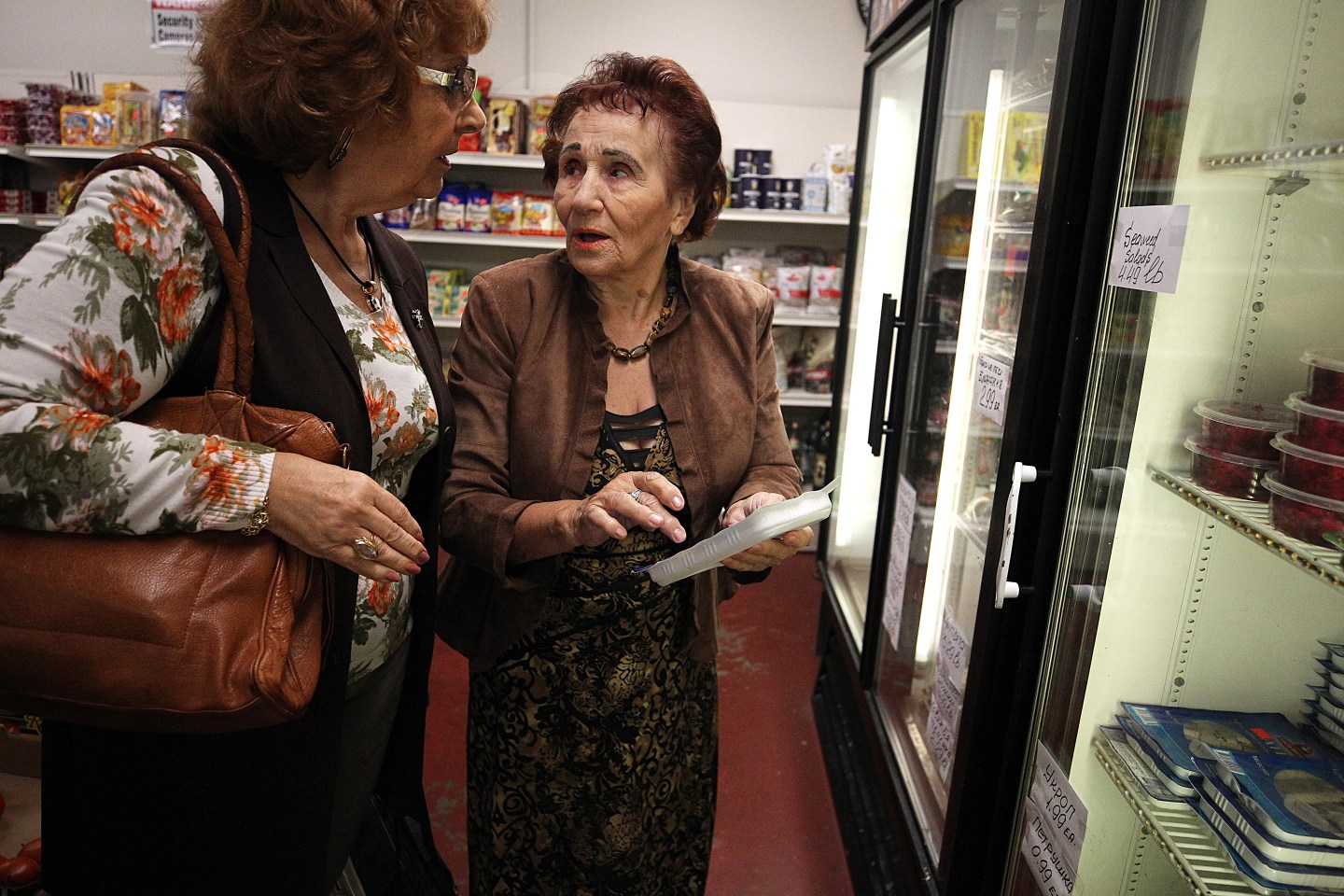All 50 states have started reopening from the economic shutdown and the lifting of stay-at-home orders put in place to combat COVID-19. However, as more small businesses reopen their doors, many of them are going to be faced with the challenge of serving an increasing number of employees who need support as they care for loved ones battling illness or requiring extra help to stay safe and healthy.
Before the COVID-19 pandemic, roughly 26.5 million Americans were classified as family caregivers who were juggling work and unpaid care for an adult family member or friend. That number was already projected to grow, but now with a protracted public health battle against the coronavirus it is quickly becoming an inevitable crisis for America’s small-business community. Unaddressed, the loss of productivity owing to caregiving costs U.S. Businesses an estimated $17.1 billion to $33 billion annually.
Already, one in six working Americans is a caregiver for a parent, spouse, partner, or friend with a chronic, disabling, or serious health condition. And demographic trends suggest there will be a greater share of caregivers in the workplace in the years to come. In fact, Census Bureau population projections show adults over the age of 65 will outnumber children under 18 for the first time in U.S. History by 2034, and many of those older adults will need assistance with chronic conditions. With fewer people available to provide care, many family caregivers will be sandwiched between work responsibilities and care responsibilities. That means caregivers in the workplace will be a new norm.
Despite the increasing demands for support, caregivers want to—and oftentimes must—continue working. That is not a surprise, since caregivers stand to lose a lot if they leave their jobs. Those who disrupt their careers or leave the labor force can face substantial economic risk and both short- and long-term financial difficulties. In fact, MetLife found Americans who provide care for their aging parents have lost, in the aggregate, an estimated $3 trillion in wages, pensions, and Social Security benefits over the course of caring for a loved one.
Fortunately, employers are sympathetic to their employees’ situations. A recent AARP study found that 94% of employers believe supporting caregivers at work is the right thing to do, and many believe it will continue to be an important workplace issue in the next five years.
To tackle this crisis, a new Small Business Caregiving Online Resource Guide, assembled by our respective organizations, offers employers practical solutions with a step-by-step approach to supporting caregivers in the workplace. The guide provides examples of best practices and robust resources, and creates a caregiver-friendly workplace road map. It recommends four steps:
- Gather data: Recognize current workplace gaps by understanding how your employees think about caregiving.
- Build a friendly culture: Create a supportive and inclusive workplace culture around caregiving through open discussions, manager training, and employee education.
- Implement specific strategies: Provide caregivers with the flexibility and managers with the support they need by incorporating benefits and programs into your workplace.
- Connect employees with resources: Help your employees navigate their lives as working caregivers by sharing resources that help them prepare for and provide care.
Employers who adjust to employee caregiving needs are positioned to receive the best from their staff. Employees working for caregiver-friendly businesses are more engaged, productive, and less likely to leave. Business owners with formal policies also say it is easier for them to accommodate adjustments, such as schedule changes or leave requests.
As small-business owners reopen, developing a caregiving-friendly workplace can no longer be an afterthought. Between changing demographics and a virus that will be with us for the foreseeable future, now is the time to take action and create a small-business community where both businesses and families thrive. The small-business owner who prepares for this emerging crisis today will be better positioned to tap the full potential of their greatest assets—their employees—tomorrow.
Nancy LeaMond is executive vice president and chief advocacy and engagement officer at AARP. Rhett Buttle is a former adviser to the White House Business Council and founder and principal at Public Private Strategies.
More opinion in Coins2Day:
- A black partner’s perspective on why law firms are failing at diversity
- I’m a black tech CEO. Diversity shouldn’t be our end goal; ending the current corporate culture should
- Bristol Myers Squibb CEO: Why the COVID-19 pandemic has me optimistic about the future of medical research
- How investors can support diversity with their dollars
- Listen to Leadership Next, a Coins2Day podcast examining the evolving role of CEOs
- WATCH: Baxter International CEO on reopening and leadership during social unrest
